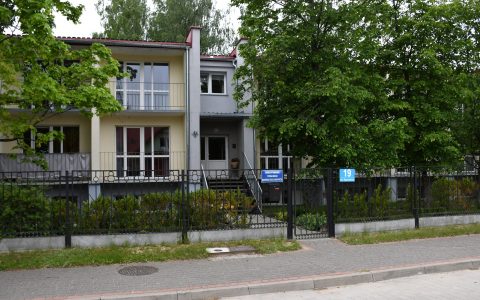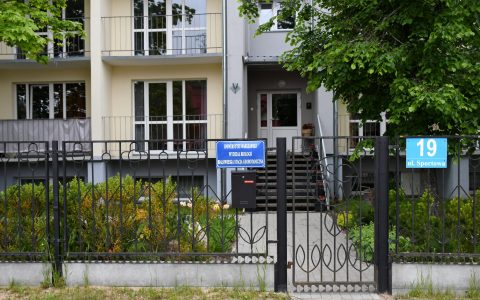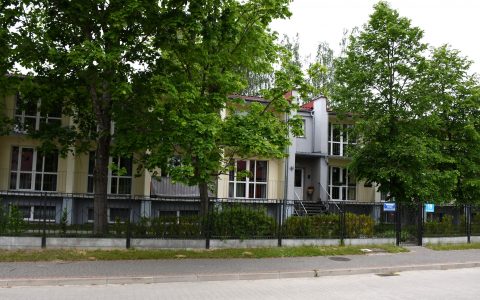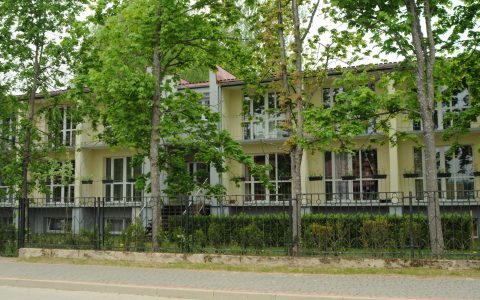Białowieża Geobotanical Station (BSG) is a scientific unit operating within the structures of the Faculty of Biology at the University of Warsaw. Our team consists of 9 full-time employees and three doctoral students. It’s not much, as for the enormous number of research projects, to a large extent are continued from the 1960s. and 1970s, in recent years have been extended to fields such as plant-animal interactions and functional ecology. Other research covers topics from the field of the impact of climate warming on ecosystem functions, biological invasions, ecosystem services and even urban ecology. In the last decade, Station has carried out three international projects: FunDivEUROPE (2010-2014), KlimaVeg (2014-2017) and Dr. FOREST (2020-2023), resulting in numerous international contacts and publications in the most prestigious scientific journals.
Academic teachers employed at the Station (prof. Bogdan Jaroszewicz and dr Patryk Czortek) conduct classes for students of the Faculty of Biology and the Inter-Faculty Studies in Environmental Protection on Nature Conservation, Ecology of Natural Forest, Ecology and Environmental Protection, Dendrology, Field Ecology.
The Station team also organizes annual open Geobotanical Seminars (in cooperation with the Geobotany and Flora Protection Section PBS, Institute of Botany PAS and Department of Plant Ecology and Environmental Protection AMU), which are a continuation of the seminars initiated by the former director of the Station, prof. Janusz Bogdan Faliński in 1983. The teaching activities are also extended by the Białowieża School of Statistics, which has the ambition to become a cyclical event and which has already been organized twice: in 2018 and 2019 (in cooperation with the Institute of Dendrology PAS in Kórnik) and the Polish-Swiss Summer School (in cooperation with the Zurich University of Applied Sciences), which was to be held for the first time in August 2020.
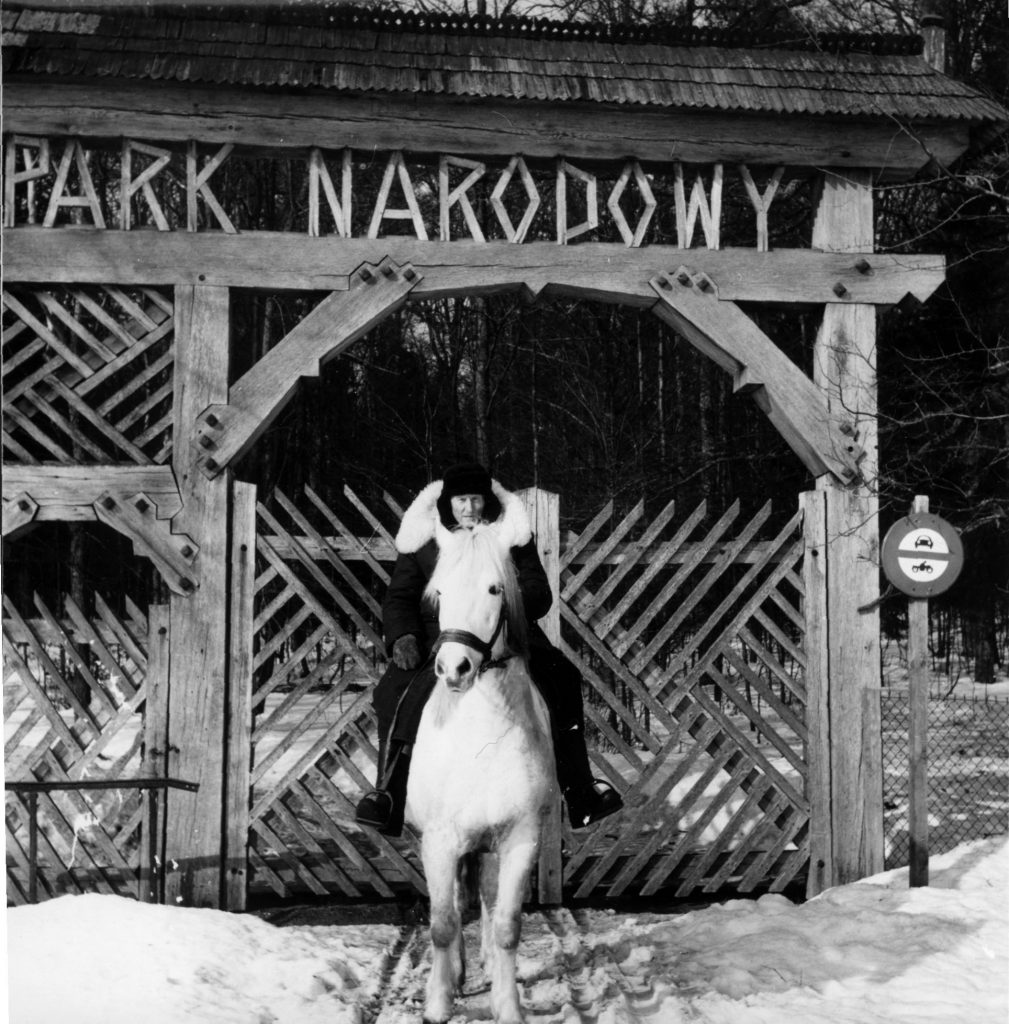
The station was founded in 1952 on the initiative of prof. Władysław Matuszkiewicz, in order to undertake innovative, for those times, long-term research on the seasonal rhythm of forest communities. In 1959, BSG began to function as a Botanical Station in Białowieża of the Institute of Botany PAN in Cracow. In 1959, the long-time director of the Station – prof. Janusz Bogdan Faliński (at the time still MSc) was employed, who began to develop long-term research programs. The earliest of these were the Dynamics of plants and plant populations in the natural landscape and the Synanthropization of the plant cover.
In 1962, the BSG became part of the structures of the University of Warsaw. One year later, prof. Faliński initiated another long-term research program, which is still continuing, comprising regular phenological observations of the undergrowth carried out every 10 days and supplemented by photo documentation. In the Station also have been conducted research on the microclimate of forest communities: on snow cover and ground freezing (Sokołowski 1962), on the ecological significance of frost (Matuszkiewicz 1977) and on the modification of the local climate by tree stands of various forest ecosystems (Olszewski 1986).

From 1963, BSG carried out part of the work of the International Biological Program, as part of which another long-term project, which is still continued, was organized: monitoring of deadwood and the development of oak-hornbeam stands. In 1964, the Plant Cartography Laboratory was established at the Station, becoming the first of its kind research unit in Poland, and at the same time, initiating the Station’s cooperation on the Map of Potential Natural Vegetation of Poland.
In 1967, the BSG was granted the status of a research facility at the Faculty of Biology, University of Warsaw. Over time, the scientific research extended to natural objects in the immediate vicinity of the Białowieża Primeval Forest and other natural complexes of Northeast Poland. These studies included, among others, the role of dioecious species (including willows and junipers) and the shaping of the sex structure of their populations in ecological processes, the dynamics of vegetation and the biological mechanisms of secondary succession. In 1968, prof. Faliński, in cooperation with several research centres from across the country, initiated a series of nationwide symposia Synanthropization of the plant cover.
New research directions and extensive cooperation with other research institutions inspired prof. Faliński in 1972 to found the editorial team of the scientific journal Phytocoenosis, in which the results of research conducted by the Station and cooperating scientific units, phytosociological surveys of forest communities in Poland, phytosociological and phytoecological maps, geobotanical atlases and materials from symposia were published. In total, there were 64 issues of Phytocoenosis from 1972 to 2005.
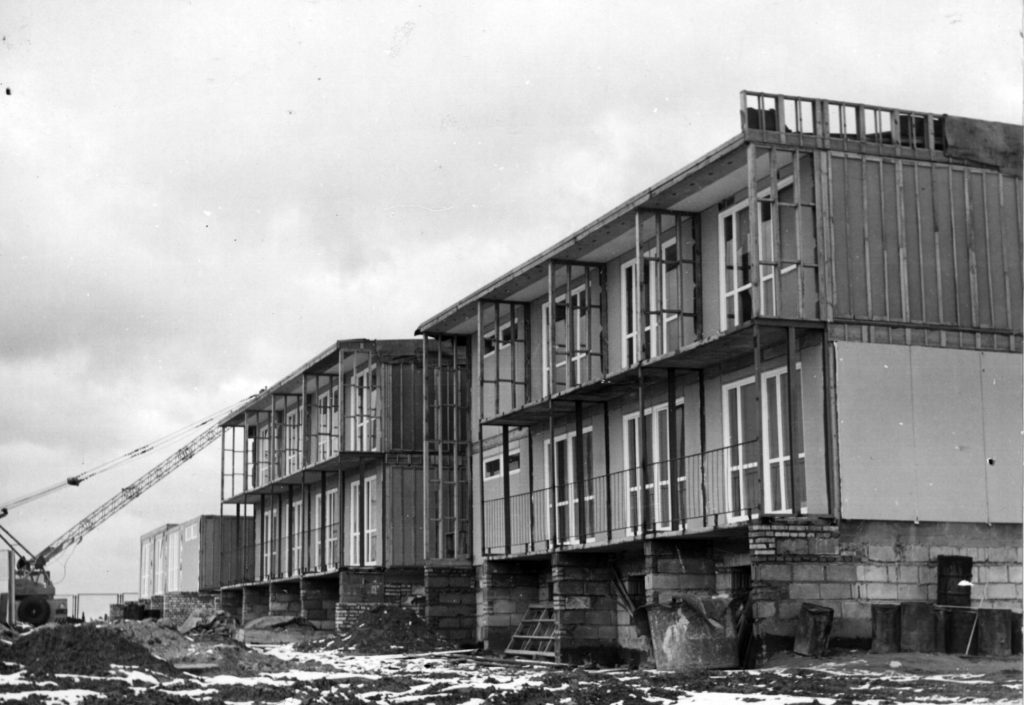
In 1974, the current headquarters of the Station was built and an experimental garden was organized next to it, where long-term research on the initiation and course of secondary succession on former farmland is continued.
In 1986, prof. Faliński published one of the most famous scientific monographs created at the Station: Vegetation dynamics in temperate lowland primeval forests. Other important monographs created at BSG include a research synthesis on the biology of pioneer dioecious woody species (Faliński 1998), research on the dispersal behavior of orchids (Adamowski 1995), and the Atlas of alien woody species of the Bialowieza Primeval Forest (Adamowski 2002). In addition, six academic textbooks were also created at the Station: Geobotanical Cartography (Faliński 1990-1991; 3 volumes), Plant and animal populations (Andrzejewski and Falińska ed. 1986), Individual, population, phytocoenosis (Falińska 1990), Plant Ecology (Falińska 1996, 1997 ), Guide to long-term ecological research (Faliński 2001) and Guide to the research of plant population biology (Falińska 2002). In 2000, the first textbook in the Vademecum Geobotanicum series was published, initiated and edited by prof. Faliński. Until 2005 5 volumes were published. International activity and academic achievements of prof. Faliński have been recognized by the University of Camerino (Italy), whose community honored him with the doctor honoris causa degree in 1995.



